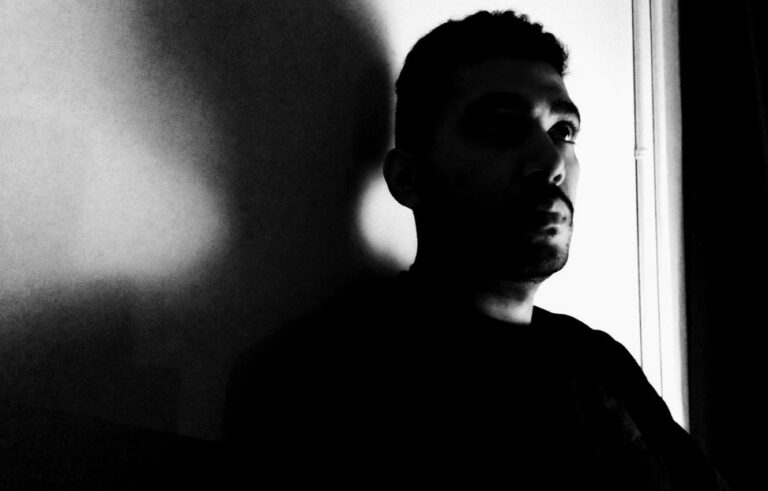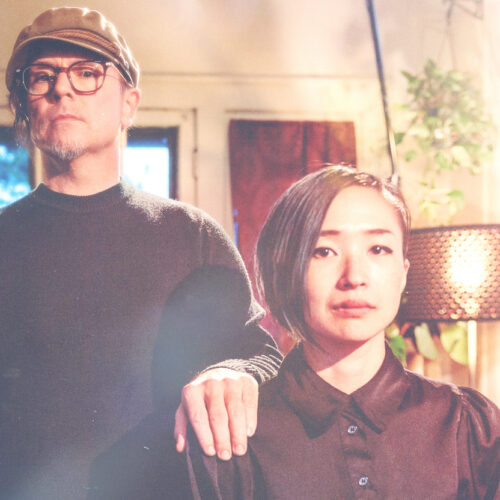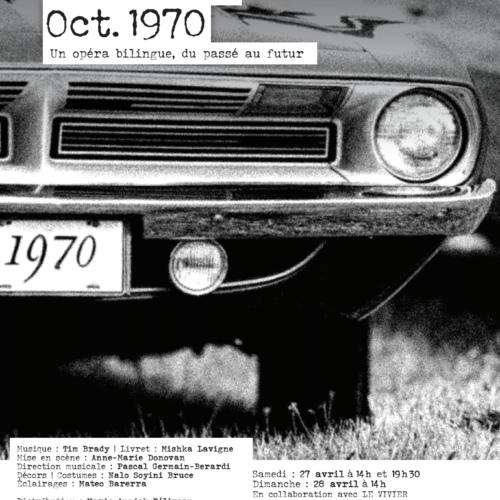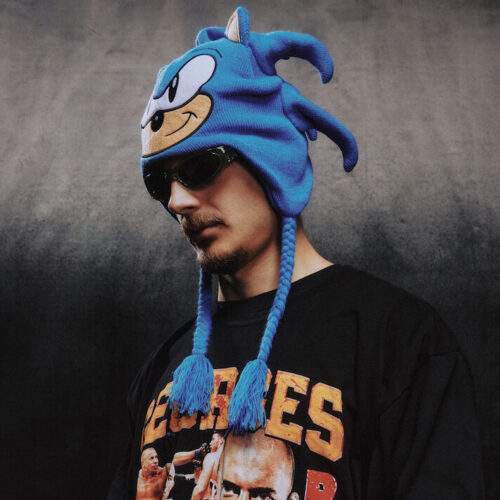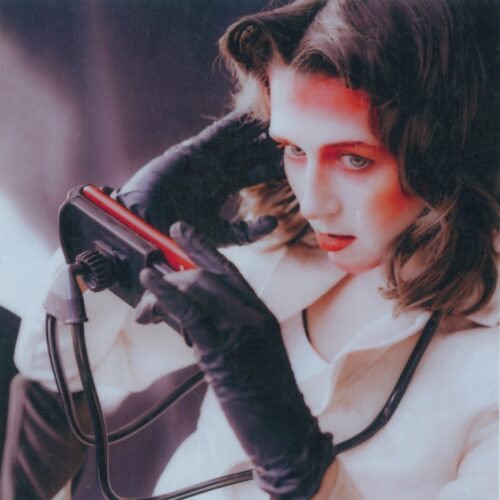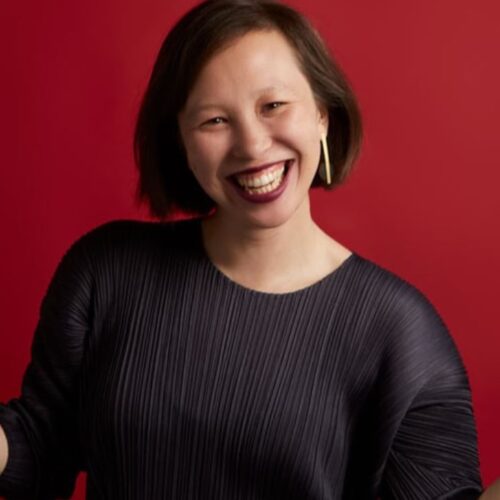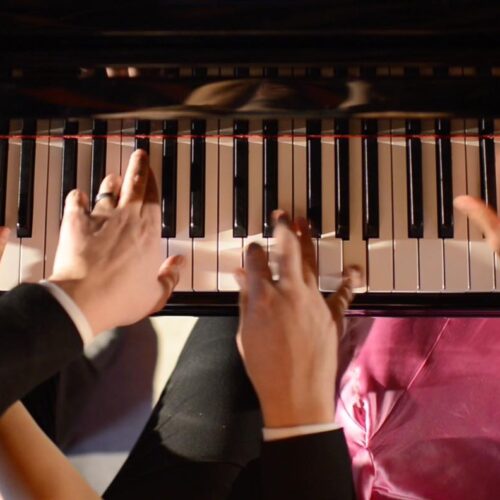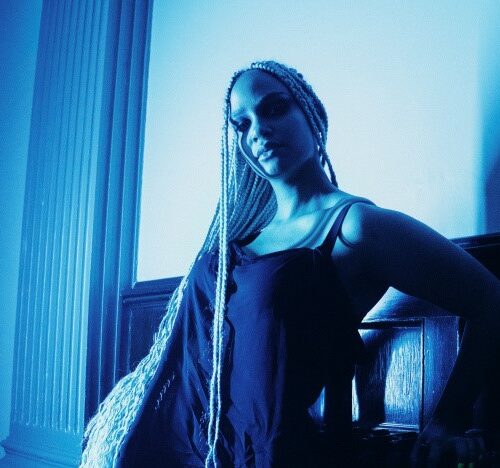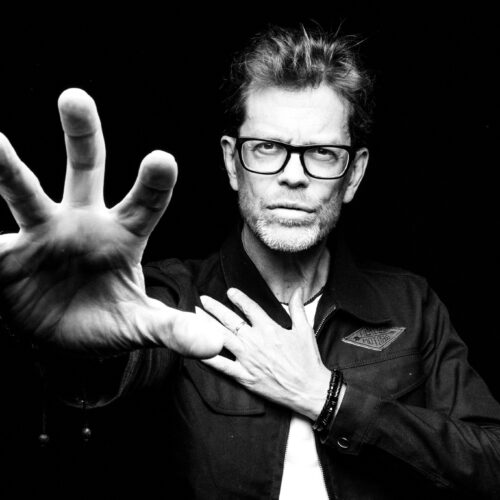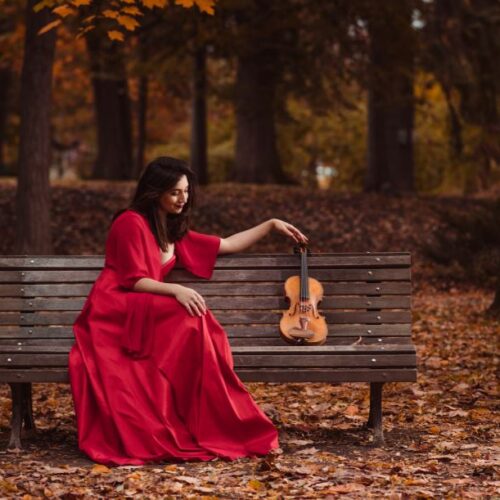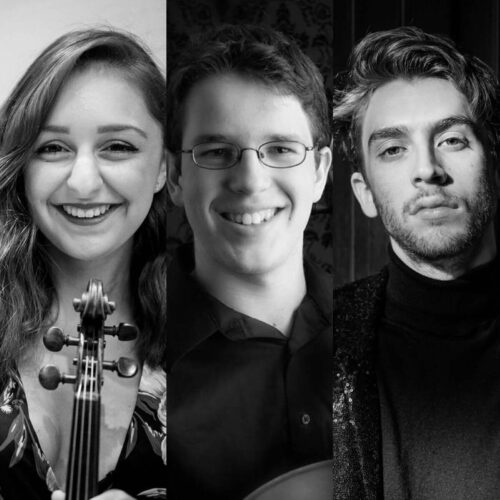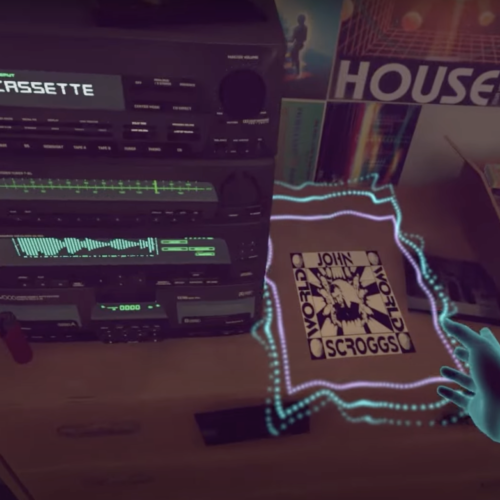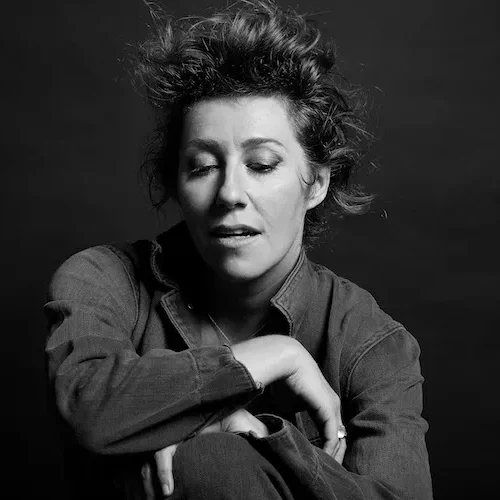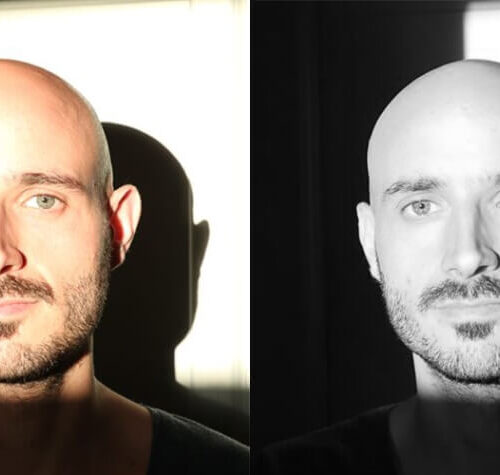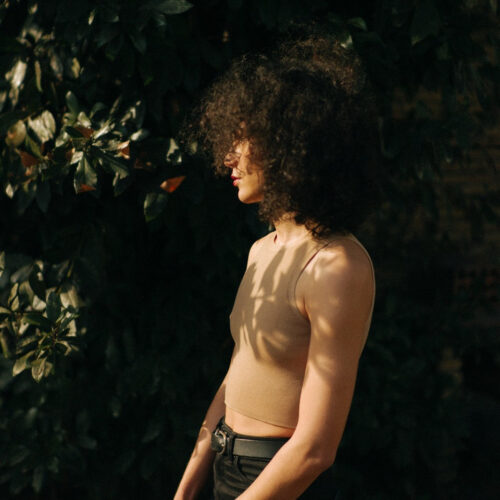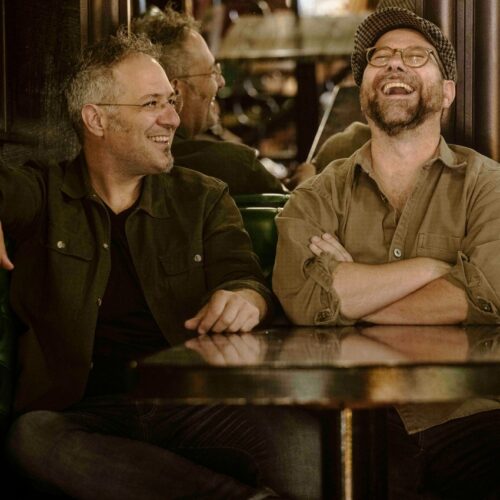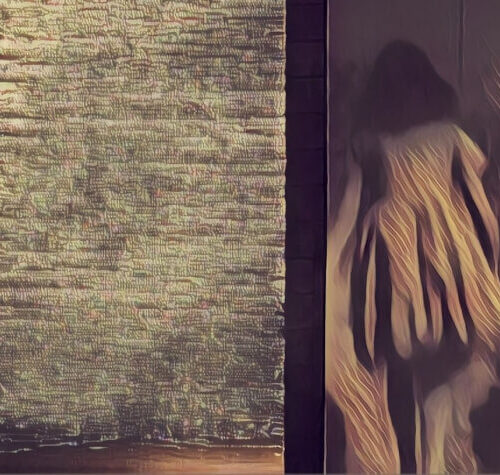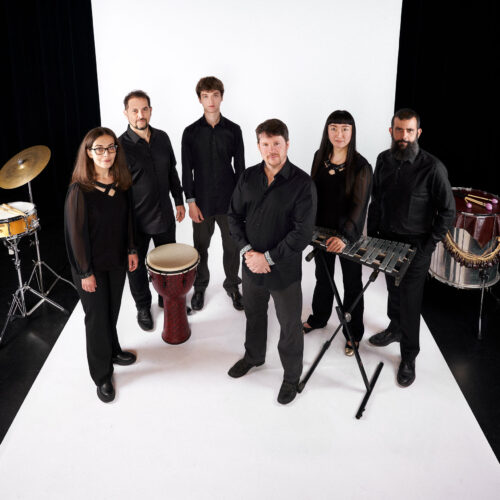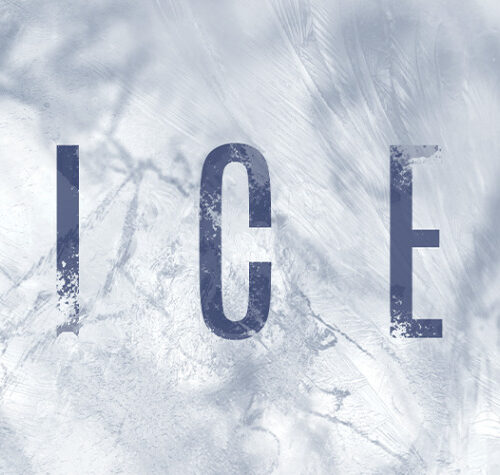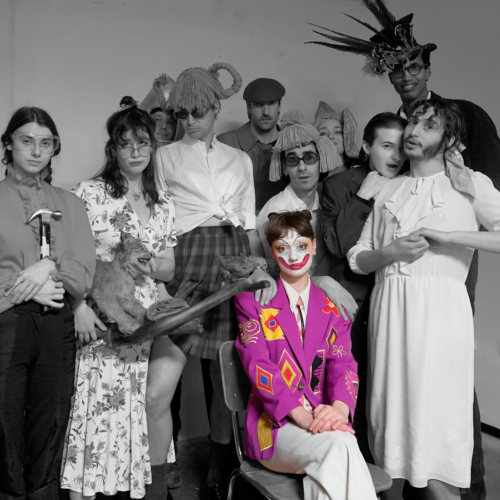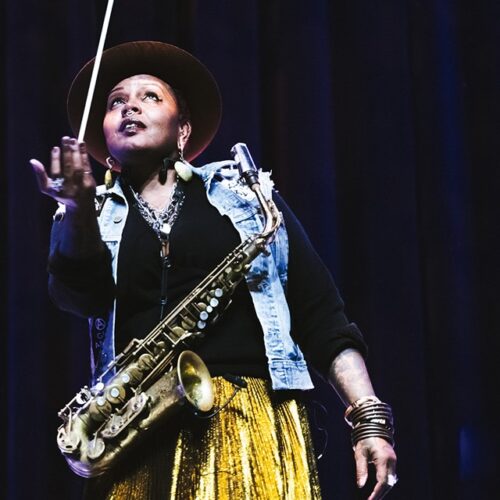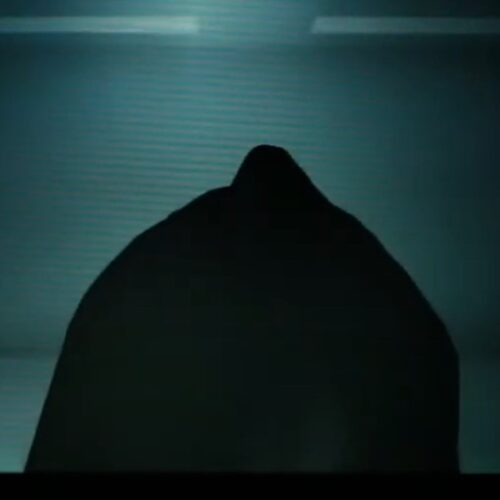renseignements supplémentaires
A sound and multimedia artist invited to the Akousma festival, Montrealer Mourad Bncr gives pride of place to texture and detail in order to arrange virtual worlds traversed by a diversity of cultural legacies but also post-apocalyptic science fiction marked by his fascination with the obsolescence of humankind and its technologies.
Responsible for multimedia artist residencies at the Société des Arts Technogiques (SAT), and deeply involved in the practices carried out at the SAT’s Satosphère, Mourad Bncr has established himself as a sound designer specializing in the creation of immersive environments, spatialized audio and mixed reality.A sound and multimedia artist invited to the Akousma festival, Montrealer by adoption Mourad Bncr gives pride of place to texture and detail in order to arrange virtual worlds traversed by a diversity of cultural legacies but also post-apocalyptic science fiction marked by his fascination with the obsolescence of humankind and its technologies.
Starting out as a beatmaker and producer of beat-music and abstract hip-hop, our interviewee also works on a more conceptual level, and that’s what we’re talking about here. Needless to say, this work will be presented this Wednesday in the context of the Akousma festival.
PAN M 360 : Mourad, how long have you been based in Montreal? Where did you live before that?
Mourad Bncr : Born of Algerian parents, I grew up in Pau in the Western Pyrenees, then lived in Toulouse. I arrived in Montreal in 2016, first as an artist and student, to then work at SAT from 2017.
PAN M 360 : Was your work as an artist different when you lived in Europe?
Mourad Bncr : It was in particular electronic beat-music and abstract hip-hop, so I began a practice in electronic music programming. I refined all that when I arrived in Montreal.
PAN M 360 : So you came from musical practices that had little to do with electroacoustics.
Mourad Bncr : Yes and no. When I was younger, I was already doing sound design, sound design, instrumental music, but also electronic music, DJing and other things. A variety of things.
PAN M 360 : In Montreal, then, your career has taken another direction, as your work is more linked to multimedia and electroacoustic exploration.
Mourad Bncr : Yes, and I’ve been working as a collective since I arrived in Montreal, we’ve had a label, we’ve organized events. The label side of the collective is on hiatus right now, but that’s what also allowed us to keep a studio shared with other artists.
PAN M 360 : In Europe, did you benefit from a musical education?
Mourad Bncr : No, I was self-taught. Initially, moreover, I came to Montreal to further my academic knowledge at the Université de Montréal, namely in a digital music program that comes from electroacoustics but encompasses a broader corpus.
PAN M 360 : Along the way, you got into multimedia, as evidenced by your involvement with SAT and your own productions.
Mourad Bncr : It was multimedia that kind of found me. I was lucky enough to work on quite a few multimedia collaborations that made me practice and practice and deepen a lot of technical aspects, find solutions to problems on several installations. It was a second learning curve for me;
PAN M 360 : Today, would you define yourself as an electronic music or multimedia artist?
Mourad Bncr : I think the two feed off each other, but I don’t define myself as a multimedia artist. Of course, I’m interested in different forms of multimedia expression, but after a while it gets pretty hard to define the boundary between what comes from visual expression and what comes from sound. One thing’s for sure, I always find myself around music.
PAN M 360 : What are you presenting at Akousma, a festival more inclined towards acousmatics than multimedia.
Mourad Bncr : There’s no visual component in this work presented at Akousma, it’s really a sound performance.
PAN M 360 : So let’s talk about this sound work that nevertheless takes its source in multimedia…
Mourad Bncr : I’ve done research work on several films, in collaboration with Quebec director Nicolas Lachapelle. He in a very interesting approach to documentary, that is, he works with documentary material by exploring all its narrative and meta-narrative aspects. In particular, there’s a body of work I’m presenting inspired by his work. Le monde après nous is a title I took from his film with his permission, What Remains after We’re Gone? For my part, I had done a whole body of work around spaces inhabited by humans and the presence we might feel of what remains of these places after our passage on Earth.
PAN M 360 : A post-apocalyptic angle?
Mourad Bncr : It’s a bit like that, but let’s just say that it stems mainly from thoughts I’m having a lot at the moment too, which is that there are places whose properties we’ve been lucky enough to record a little bit because we like them, because it allows us to make nice reserves. Nowadays, there are a lot of places that are disappearing and for which we no longer have any real imprint, hence the idea of trying to reproduce a place and create an immersive space. For this, I worked a lot on convolution reverberation.
PAN M 360 : Convolution reverberation consists of a digital simulation of the reverberation of a physical or virtual space. What purpose does this process serve in your work?
Mourad Bncr : Sound imprints allow you to generate reverberations in these reconstituted spaces and link this process to dialogues and vocal intonations and thus discover new sound textures. It’s still going to be pretty ambient, but it’s material that’s based on working with space.
PAN M 360 : Now, you talk about working with a director, so what’s the link between this work and the concert without images presented at Akousma?
Mourad Bncr : All the work I’ve done with Nicolas Lachapelle, it’s often confined to film music, but I’ve nevertheless remained in a similar research vein. Several of my pieces are inspired by this working method developed during my collaboration with the filmmaker, and which I apply in an acousmatic context, this time dissociated from the image.
PAN M 360 : Can we talk more specifically about this working method?
Mourad Bncr : I work a lot with sound textures that define spaces. I try to work on the sonic imprint these spaces leave on us and the fact that we can stay with the sonic imprint of a place. It’s a bit like finding yourself in a place and listening to it in silence, and then you end up concentrating on a particular sound in that place. That’s the starting point for a more introspective exploration of how we listen to these spaces. Then it gets richer as the timbral or textural exploration continues.
PAN M 360 : Are timbres and textures fundamental to your approach to sound?
Mourad Bncr : Yes, but not exclusively. In beat-music, I’ve worked a lot with other materials, modal or tonal music, more classical melodies. Here, I try to develop something that comes from the sound material. Afterwards, I may also incorporate some instruments in certain parts, Berber flutes for example, whose breath elements I try to process and then incorporate into the piece. Instead of working with a keyboard or an instrument to compose pieces, I work with sound material.
PAN M 360 : But you don’t systematically do this work in all your compositions.
Mourad Bncr : There are different ways of working with music. There’s the one that really comes from studio work where you still have a lot more control over the composition, and it’s work of this type that’s presented at Akousma. Then there’s the second, more instinctive way, where I work live on rhythms, with an instrumental approach that’s closer to drum’n’bass or abstract hip-hop. I’m moving away from this approach on this project;
PAN M 360 : When I watch and listen to your own audiovisual productions, the music is more ambient, abstract in general.
Mourad Bncr : It’s more cinematic, it takes a little more time.
PAN M 360 : And it could be close to the acousmatic work presented at Akousma. An unpublished work?
Mourad Bncr : Presque. There are things that have been released or that have remained very confidential. Around all that, a project based on this material could evolve after this concert, and eventually be made public.
[indistinct voices over PA] – In Between (2022) from Mourad Bncr on Vimeo.
